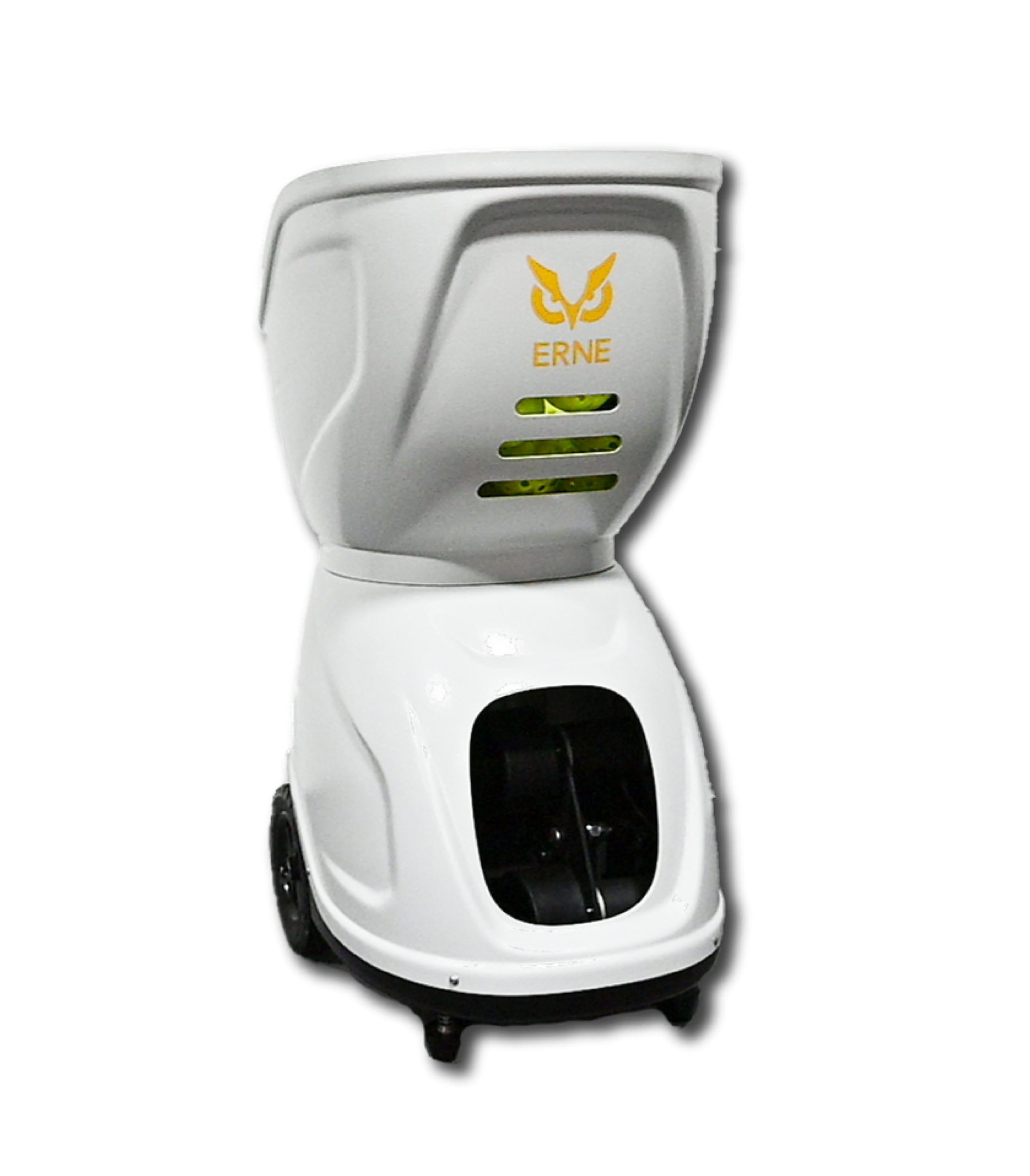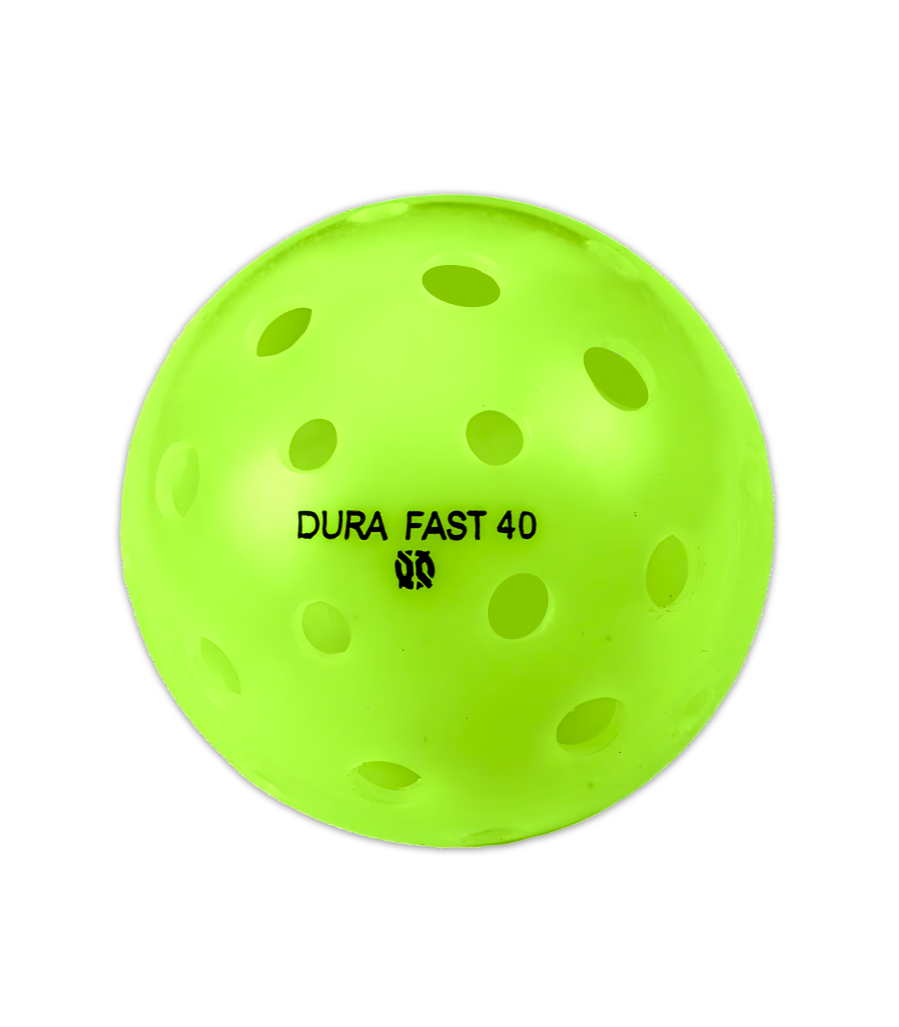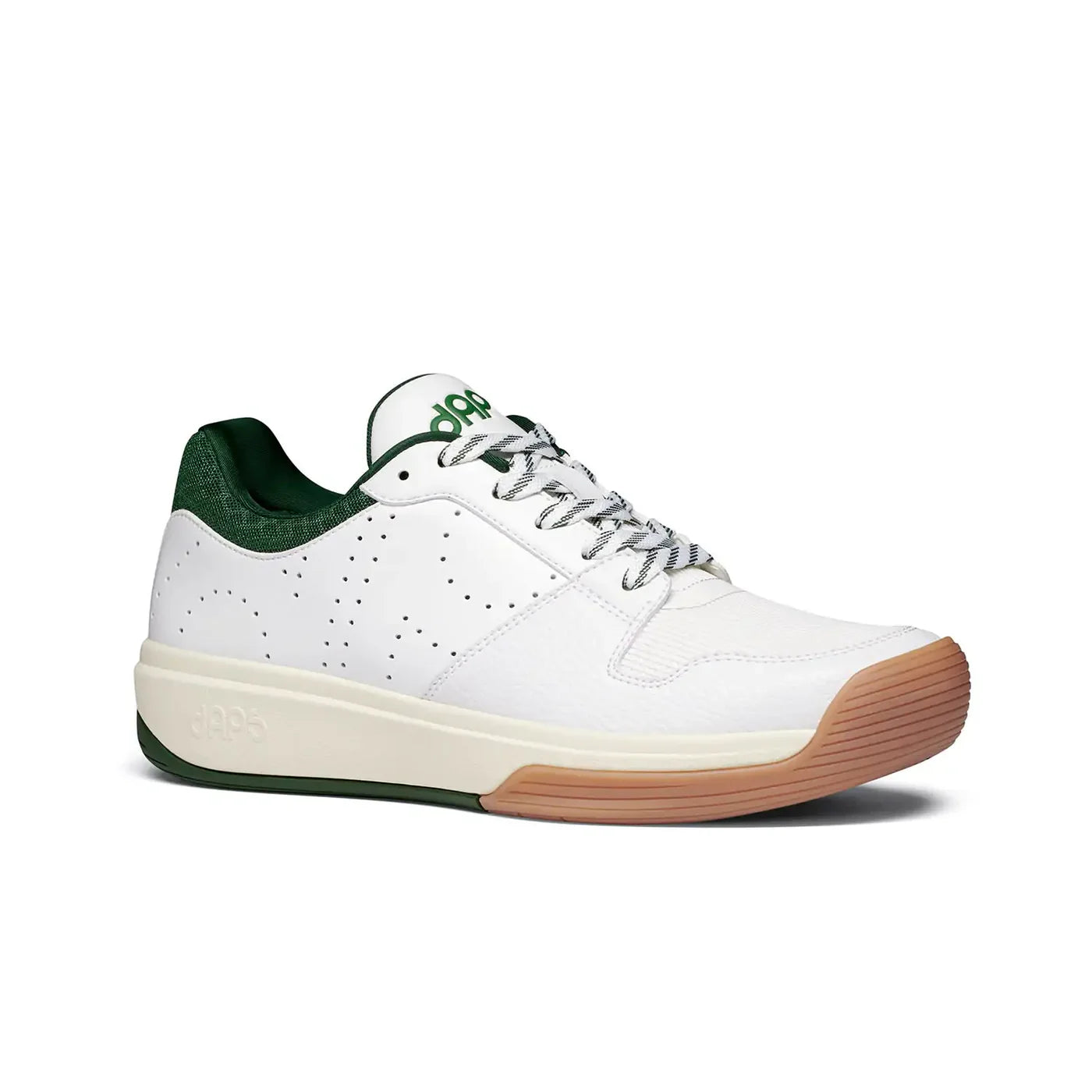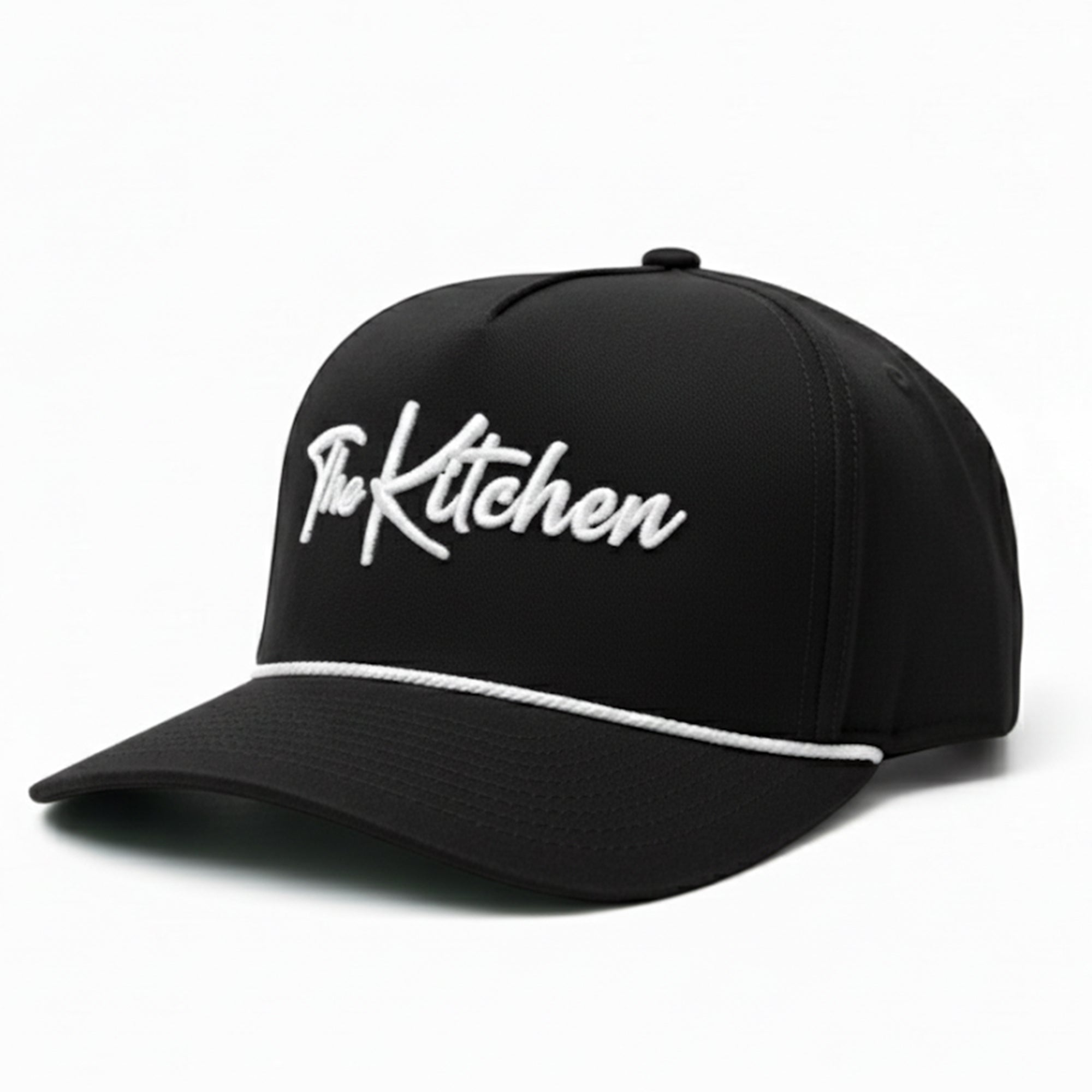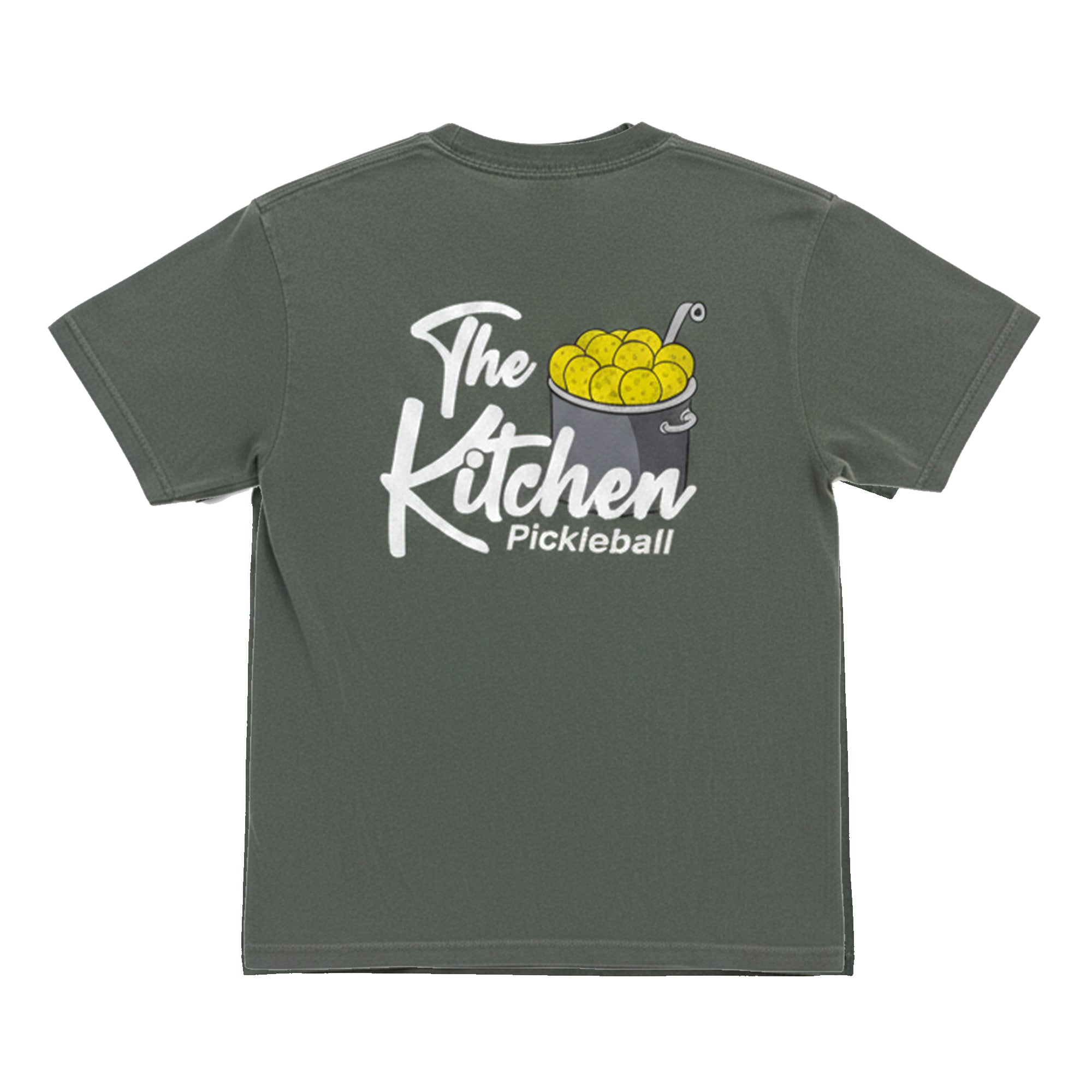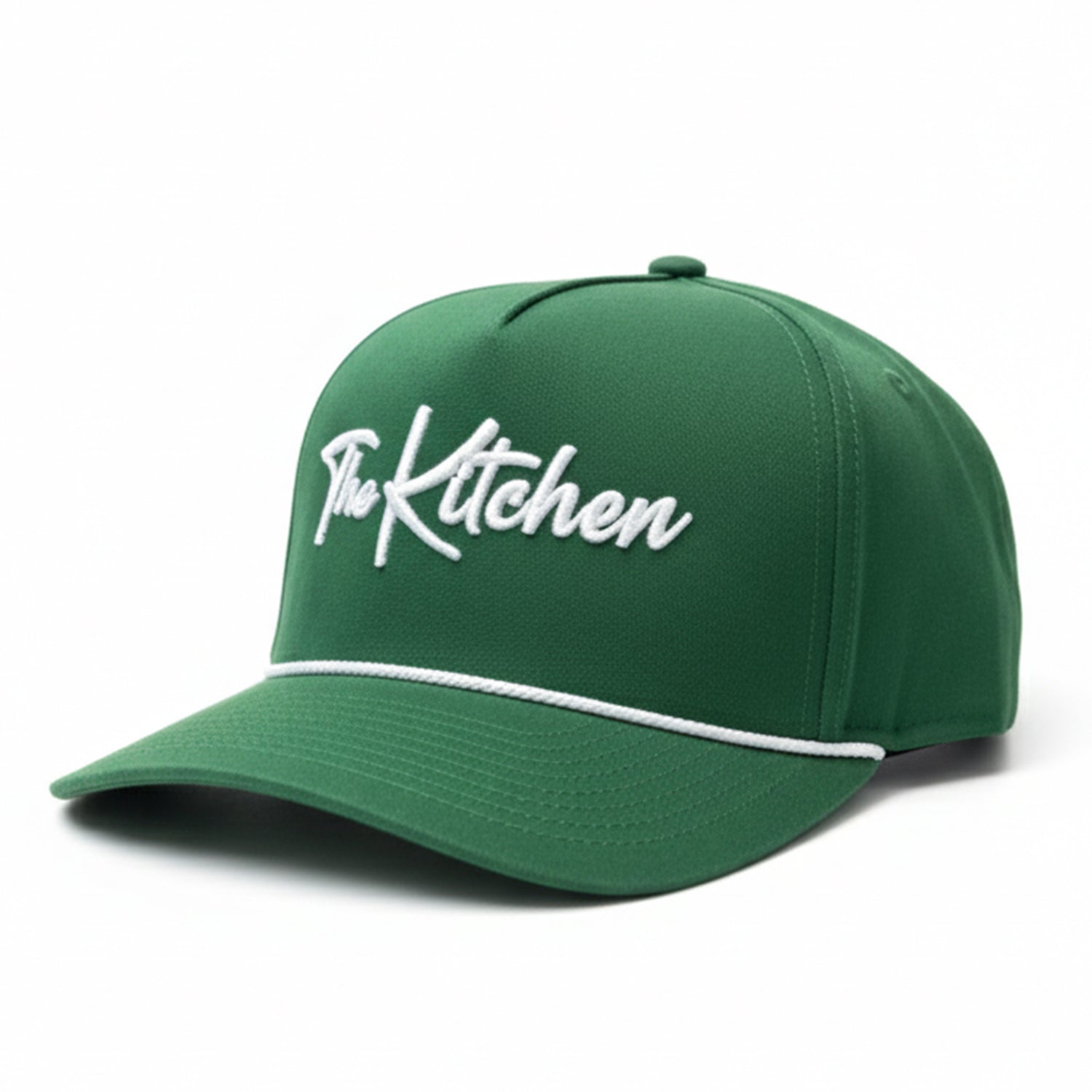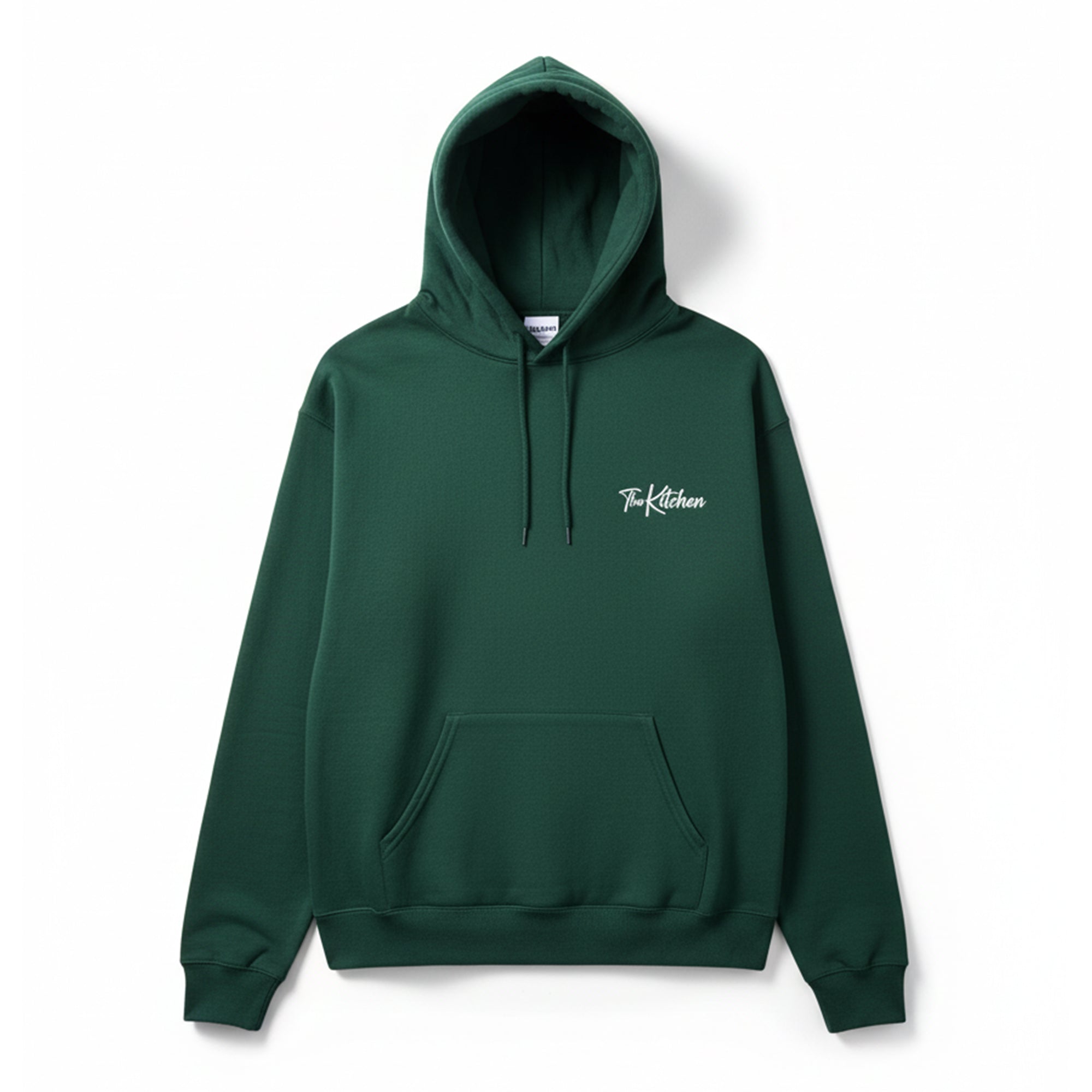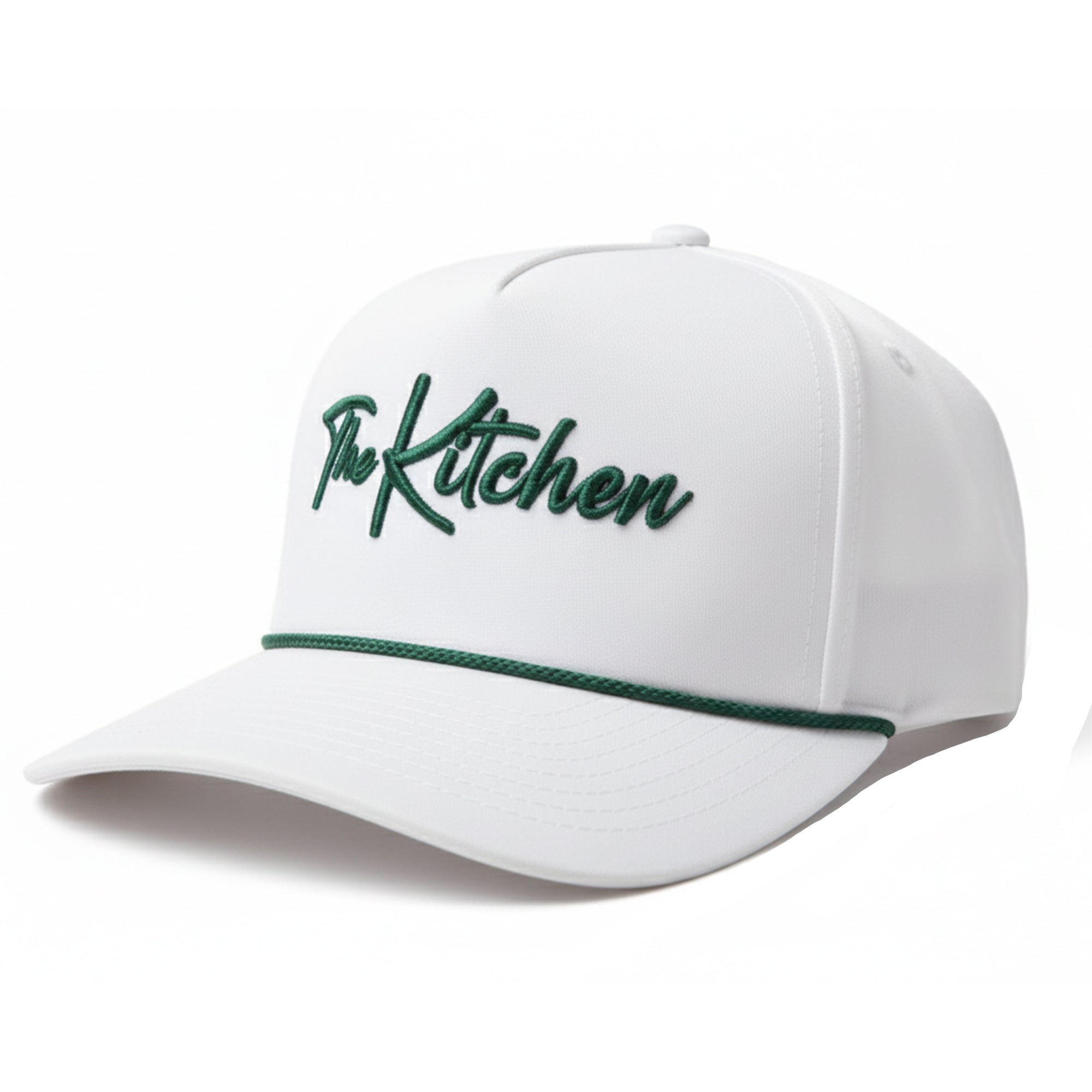Don't Fall For These Pitfalls When Buying Your Next Pickleball Paddle
Last Edited
Apr 09 2025
Category
Gear
That pickleball paddle you've been eyeing is probably great. But before you buy it, how do you know if it's high quality and going to be fun to play with?
Sure, sometimes you can play with one before you buy. But not every paddle company offers those options easily, and sometimes you're not near anyone who has the paddle you're interested in.
It’s easy to get caught up in flashy marketing, copycat products, or the latest Amazon deal that promises the world but leaves you with a broken paddle in a week.
Dale, the founder of Six Zero, has some straightforward advice to help you avoid the common pitfalls and make a smart purchase.
1. Dig Into the Company’s Background
Before you enter your card details, take a minute to research the brand.
- How long have they been around?
- Are they investing in research and development?
A company that invests in R&D is serious about innovation and creating paddles that are actually better—not just dressed up to look good.
Avoid brands that pop up overnight with no track record. It’s a warning sign that their products may not last.
One of our favorite pickleball products ever, The ERNE pickleball machine, will improve your game, no training partner needed.
2. Check the Reviews—But Look for Depth
Online reviews are gold if you know how to read them. Don't just check the star ratings; dig into what people are saying.
Do they mention durability, feel, and control? If multiple reviews mention the paddle breaking or the grip wearing out fast, it's probably not built to last.
Also, look for reviews that mention the company’s customer service—if they’re responsive, it’s a good sign.
3. Warranty: The Devil’s in the Details
Pay attention to the warranty.
A paddle with a three-month warranty might as well come with a warning label. It likely means the company doesn’t have faith in the product’s durability.
A strong paddle should come with at least a 12-month warranty. And be wary of where you buy from—paddles off sites like Alibaba or eBay are notorious for zero return policies and poor craftsmanship.
4. Looks Can Be Deceiving
Don’t let the appearance fool you. As Dale points out, just because two paddles look similar doesn’t mean they’ll play the same.
You’re likely to find a lot of “mutton dressed as lamb”—paddles that have the same design or coloring but drastically different performance.
Pay attention to the specs and materials, not just the look.
Practice pickleball in your basement or garage with The Dink Master practice board for honing-in your dinks, speed-ups, & hand speed.
5. Avoid the Pickleball Paddle Hype
Big marketing doesn’t always mean big quality. Some brands rely on hype and flashy advertisements to sell overpriced paddles, even when their quality is subpar.
However, that rule can go both ways: don't be upset if a $40 paddle from Amazon breaks in the first week—it’s just what you paid for.
Instead, start with a $100 paddle from a reputable brand if possible, especially one with a good warranty. You’ll get more control, durability, and growth potential as you improve your game.
6. First-Time Buyers: Look for Control Paddles Over Power for
If you’re new to pickleball, focus on control over power.
Power paddles can be tempting, but control is what will help you learn the game and develop your skills.
Once you’ve mastered control, you can move on to power paddles.
7. Watch Out for OEM Products
Around 90% of new pickleball brands are just slapping their logos on paddles pulled from the same OEM factory catalogs.
Many brands don’t have original designs or innovations—they’re just reselling what’s already out there.
8. American Made vs. American Assembled
There’s a difference between “American-made” and “American-assembled.”
If buying American products is important to you, don’t be shy—ask the brand exactly what part of the paddle is made or assembled in the U.S.
Many brands will assemble the grip here, but the core materials and the rest of the paddle may come from overseas.
9. Beware of Cheap Materials
Here’s where many copycat brands cut corners: materials. Cheap paddles are often made with low-quality resins and lower-grade core materials that will wear down quickly.
Even if a brand claims they’re using high-end materials like Japanese Toray carbon fiber, don’t take it at face value. Many of these brands have no idea what they’re actually selling.
Cheap cores will break down faster, and you’ll be left replacing your paddle far sooner than you should.
10. Shortcuts in Production
Cheaper factories often don’t have the same experience or quality control as reputable ones.
They’ll take shortcuts in production, especially with the layup of materials and edge details.
For instance, instead of a complex overlay for durability, they may just use simple butt joins, which break down faster. You get what you pay for.
Feel like playing pickleball now? Check out all our favorite gear at Pickleball Central.
